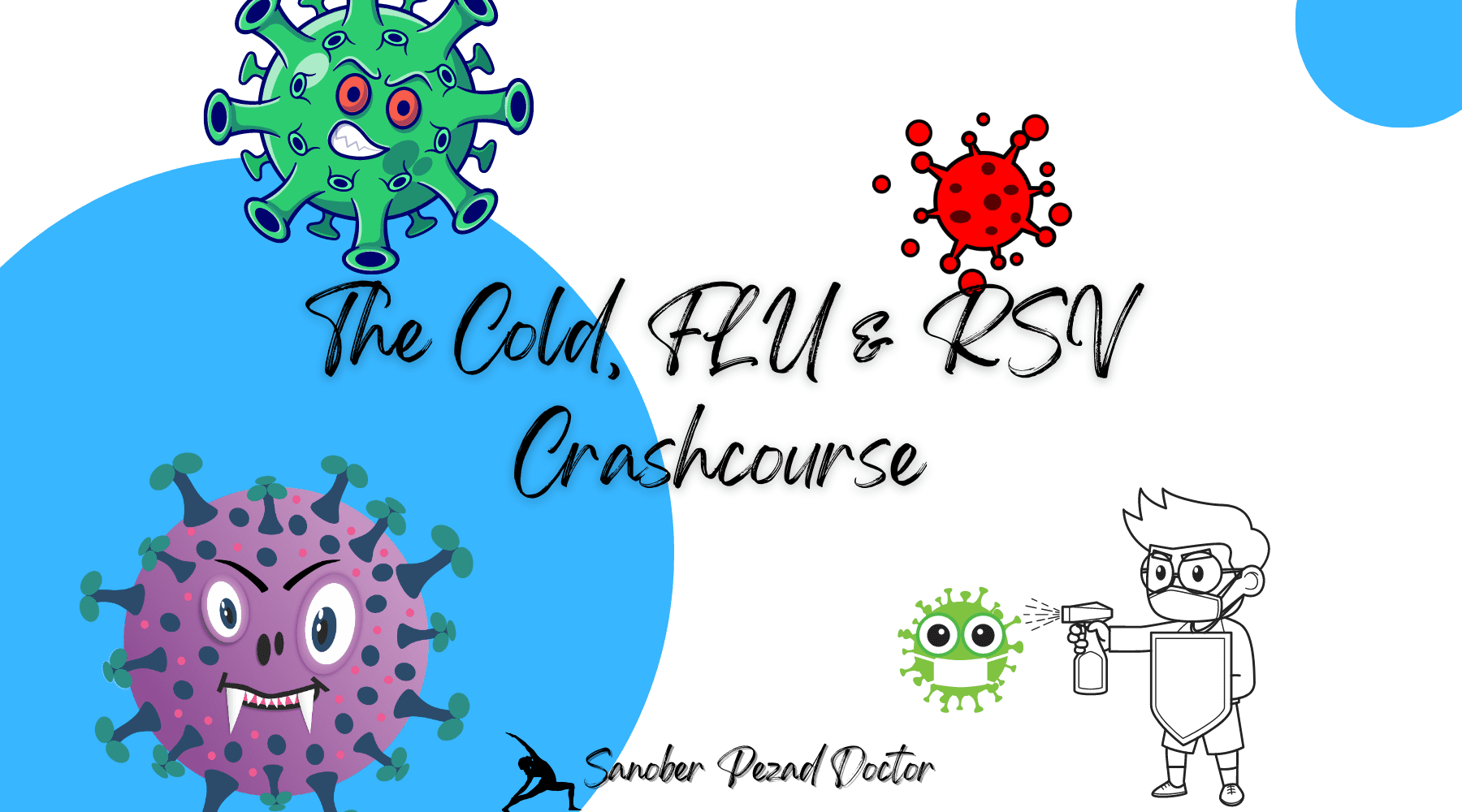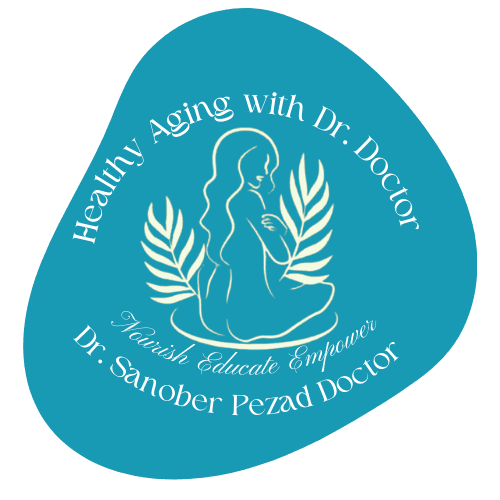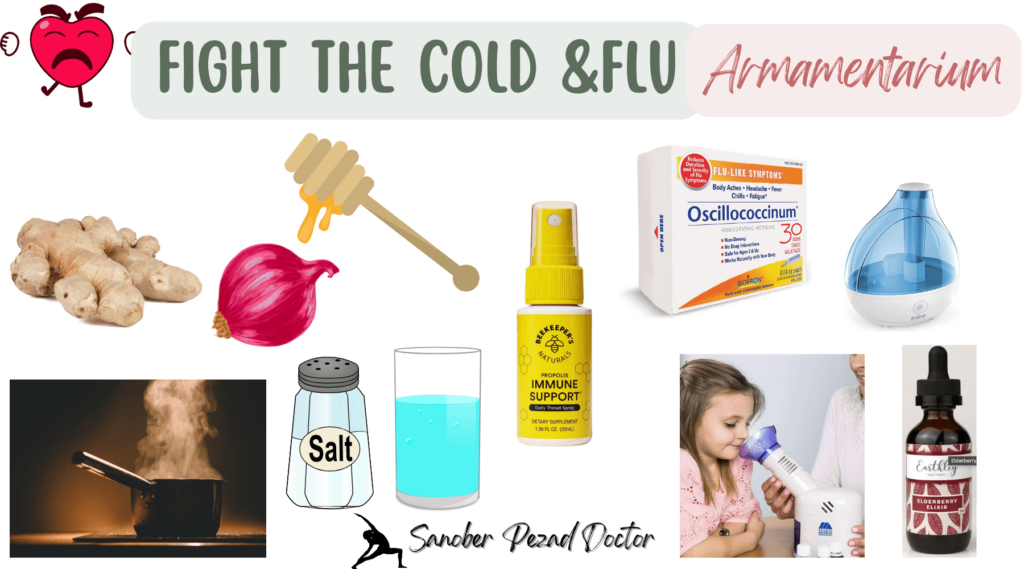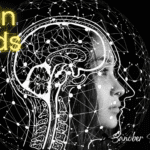The Cold, FLU & RSV Crashcourse: WHAT EVERYONE NEEDS TO KNOW

Are you someone who gets the cold too often? Do you know someone who does?
Well, I was one of those who would be the first to catch the viral flu of the season and begin the chain of transmission to everyone at home. In fact, my husband and I have strong atopic tendencies and were in perpetual sneeze mode for the longest time we knew! No wonder, our little one has picked up that genetic trait as well.
No worries though, it is not as bad as it seems and there are ways to take care of it. But this requires you to be aware and understand ‘WHAT’ is happening and ‘WHY’ so that you can take care of the ‘HOW TO’ treat part of the equation.
Here is the link to the related video should you prefer listening to instead:
What entails the Cold, Flu, RSV & other respiratory viruses?
The ‘Winter flu’ we commonly refer to includes a long list of respiratory viruses. They can be responsible for causing fever, runny nose, congestion, cough, sore throat, body aches, and headaches – I’m sure you have your experiences.
A general assumption I have often heard my clients remark is that after the first exposure, your immune system should be able to detect and fight off the next attack without a problem. The truth is, there are over 200 different viruses that can cause a cold including influenza, parainfluenza, rhinovirus, adenovirus, and many others. In fact, the same virus can make a small change in its structure, such that our body is unable to recognize it and treats it as a new threat. A classic example of this is the Covid-19 pandemic we just went through with waves of new variants hitting the immune system of the population every few months.
What is RSV?
I’m sure you have heard about ‘RSV’ this year. The number of reported cases is increasing by the day. Here is what you need to know about RSV.
RSV stands for Respiratory Syncytial (sin-SISH-Uhl) Virus.
It causes acute respiratory tract infections in all ages and is one of the most common diseases in early childhood. By the age of 2, almost all kids have had RSV at least once. Most times symptoms last 1-2 weeks, and consist of cold-like symptoms. 20-30 % develop lower airway diseases such as bronchiolitis and/or pneumonia.
Are you at risk of getting the flu?
Now I want you to understand that encountering viruses is an everyday occurrence and a normal part of life. It is part of the air we breathe. However, some people adapt well to the stress of a virus and fight it off while others struggle with this form of stress.
However, there are some population pockets that are more prone to manifest the symptoms of cold and flu:
- Kids and Elderly
- Pregnant women
- Atopic tendencies- having seasonal allergies, asthma, atopic dermatitis
- Other co-morbidities- diabetes, hypertension, obesity
- Stress, lack of good night’s rest
What are the symptoms of Cold, Flu, or RSV…?
The well-known symptoms are:
- Stuffy or runny nose
- Sneezing
- Sore throat
- Low-grade fever/general ill-feeling
- Cough
- Watery or burning eyes
- Ear congestion or infection
- Not eating or drinking well
- Headache/Bodyache (aching muscles and joints)
- Bronchiolitis- typically develops after a few days of cold symptoms, beginning with a harsh cough, fever, wheezing, difficulty eating, and difficulty breathing.
- In smaller kids and babies, RSV can cause Bronchiolitis, a viral infection of the lower respiratory tract that occurs when tiny airways called bronchioles become infected with a virus. They can become swollen and inflamed and fill with mucus, causing respiratory distress.
Treatment & Prevention
I have a made a separate dedicated blog post pertinent to this topic. You can find it here- The Complete Cold & Flu treatment guide: Homemade Remedies + Firstaid-kit
Prevention Tips:
- Frequent hand washing with soap and water for at least 30 seconds
- Cleaning and disinfecting surfaces and commonly touched surfaces (phones, doorknobs)
- Breastfeeding young babies and avoiding taking them into large crowds can help
- Try to distance the affected individual, especially from young babies under 1 year of age until ALL their symptoms are gone
- Follow and teach the vampire sneeze- i.e. sneezing into the crook of one’s elbow/arm to help prevent the spread of germs.
- Avoid sharing toys, utensils, or cups without cleaning them appropriately
Red Flag signs: When to seek medical care
- A greenish nasal discharge during the final stage of a cold indicates healing, but if it doesn’t go away, it may be a sign of a chronic infection, such as a sinus infection.
- Your child’s breathing is much faster than normal or has noisy breathing (wheezing)
- If you notice your child is working hard to breathe (you notice chest caving in, retraction of skin either under the ribs or in between the ribs, nasal flaring)
- If your child is acting lethargic or non-responsive
- Watch for signs of dehydration such as dry mouth, decreased tears, decreased wet diapers, dark-colored urine (decreased urine output), and sunken eyes
- If your baby is under 3 months and spikes a fever > 100.4F, or a fever > 100.4F daily for 5 days in older children.
Above all, pay attention to your intuition – if something doesn’t feel right to you, it is always better to get your child and loved one evaluated.
Sending lots of healthy and happy wishes your way. ?
If you like what I share, consider Subscribing to stay connected. I do NOT spam. Promise! ?
Also, please leave a comment and share the article with your loved ones. Sharing is Caring!
Feel free to ask a question or leave a suggestion as well. I am always open to learning. ?







Comments